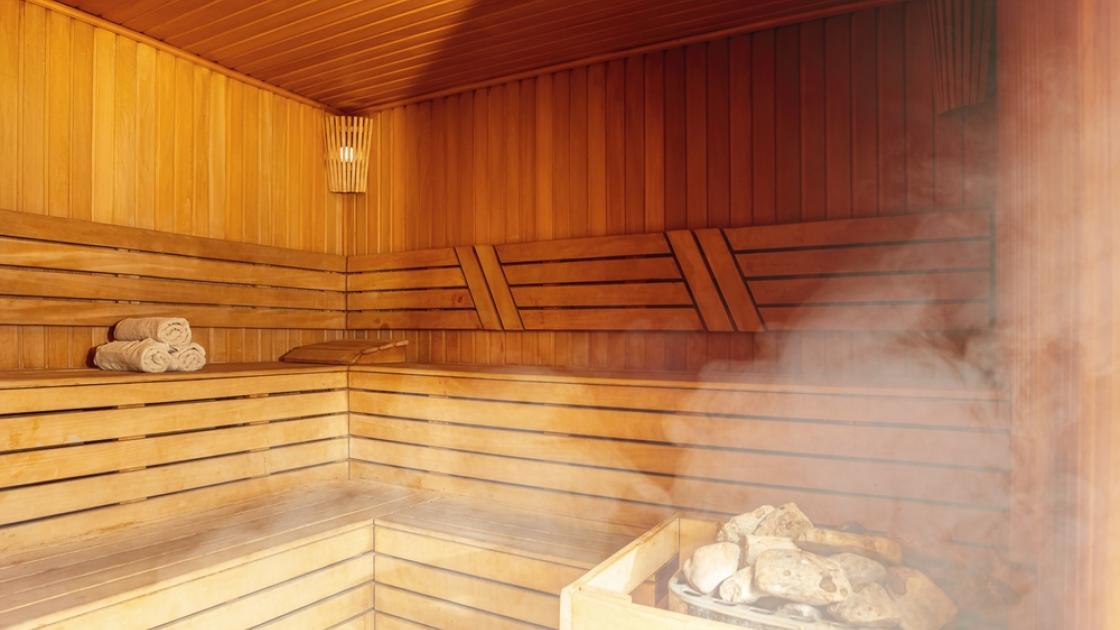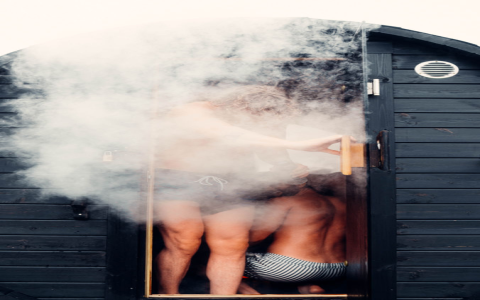You know, when I first got really into using my sauna, figuring out the right temperature felt like a bit of a puzzle. I’d read all sorts of things, some folks saying you gotta crank it up super high, others recommending something milder. It was a bit confusing, to be honest.
So, I decided to just dive in and figure it out through my own trial and error. My first few attempts were, well, educational. I remember setting it quite low, maybe around 60°C (that’s 140°F). I sat in there, waited, and thought, “Hmm, this is okay, a bit warm, but am I really getting the sauna experience?” It didn’t quite give me that deep sweat I was looking for.
Then, of course, I went to the other extreme. I pushed the thermostat way up, probably aiming for close to 100°C (212°F) because I thought that’s what the hardcore sauna enthusiasts did. Let me tell you, that was intense. Too intense, actually. I lasted maybe five minutes before I felt like I was baking alive and had to make a quick escape, feeling more frazzled than relaxed.
After those initial swings, I started to be a bit more methodical. I’d set the temperature, let the sauna heat up properly – that’s a key thing I learned, you gotta give it time for the room and the stones to really soak up the heat – and then I’d go in and just pay attention to how I felt. I’d note how long I could comfortably stay, how much I sweat, and how I felt afterwards. It was a bit of an experiment, really.

What I settled on, and what seems to be a pretty common range for a good, traditional Finnish-style sauna experience, is somewhere between 75°C and 85°C (that’s about 167°F to 185°F). For me, this is the sweet spot. It’s hot enough to get a really good sweat going within a few minutes, but not so overwhelmingly hot that I can’t relax and enjoy a session of about 10 to 15 minutes. Sometimes I’ll throw a bit of water on the stones, and at these temperatures, you get a fantastic burst of steam, or “löyly” as they say.
Now, this isn’t set in stone, of course. Personal preference plays a huge part. There are days when I might want a slightly longer, gentler session, so I might set it closer to 70°C (158°F). And very occasionally, if I want a quick, very hot blast, I might nudge it up towards 90°C (194°F), but I wouldn’t stay in as long, and I make sure I’m well-hydrated.
I’ve also come across information about other types of saunas, like infrared ones. From what I gather, those operate at much lower temperatures, often in the 45°C to 60°C (113°F to 140°F) range. I don’t have personal experience with those; I’m more of a traditional hot-rocks-and-steam kind of person. So, if you have an infrared sauna, my numbers might not be what you’re looking for.
Ultimately, my big takeaway from all this fiddling and adjusting is that you should listen to your body. Start on the lower side of the recommended range for your specific type of sauna, see how it feels, and then gradually adjust it over different sessions until you find what works best for you. The goal is to feel good, refreshed, and relaxed, not to endure an ordeal. So, experiment a little, and you’ll find your perfect sauna climate.

